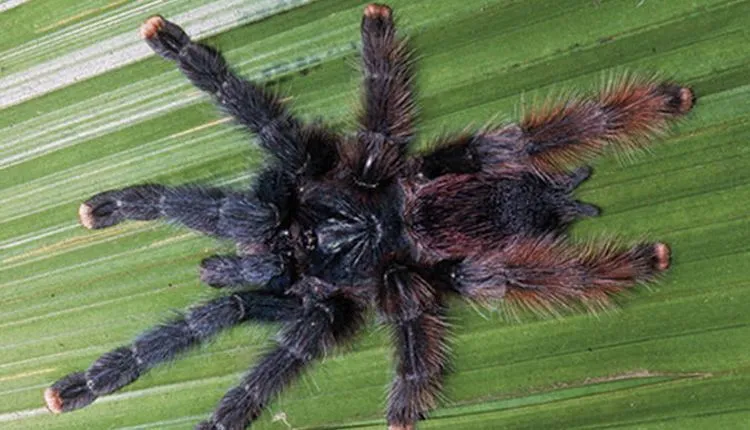Understanding the Pinktoe Tarantula (Caribena versicolor)
The Pinktoe Tarantula, scientifically known as Caribena versicolor, is a captivating species known for its vibrant colors and manageable size, making it a popular choice for tarantula enthusiasts of all experience levels. Native to the Caribbean islands, particularly Martinique, this arboreal species offers a fascinating glimpse into the world of arachnids. This guide delves deep into every aspect of Pinktoe Tarantula care, providing the essential knowledge and insights required to ensure your tarantula thrives in a safe and enriching environment. The aim is to equip you with the information to become a responsible and knowledgeable Pinktoe Tarantula keeper.
Origin and Habitat of the Pinktoe Tarantula
Understanding the natural habitat of the Pinktoe Tarantula is crucial for replicating its needs in captivity. These tarantulas originate from the lush, tropical forests of Martinique. In their natural environment, they inhabit trees, constructing silken retreats among branches and foliage. They thrive in humid conditions with consistent temperatures, a key aspect to remember when setting up their terrarium. Their arboreal nature means they are well-adapted to climbing and prefer vertical spaces. Replicating these conditions will ensure your tarantula remains stress-free and healthy.
Appearance and Characteristics
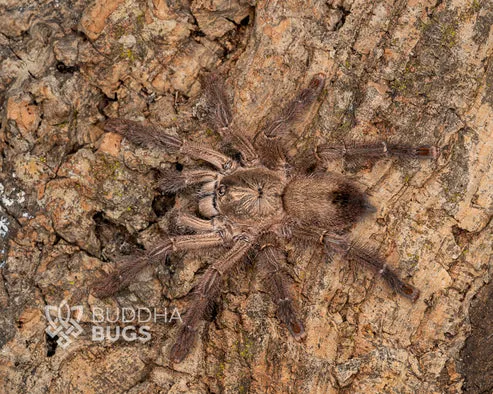
The Pinktoe Tarantula’s striking appearance is one of its main attractions. As juveniles, they boast a brilliant array of colors, including iridescent blues, greens, and pinks on their legs and carapace. As they mature, the coloration typically shifts, with the pink hues becoming more prominent, particularly on the toe tips, which gives them their common name. They have a moderate size, with adults typically reaching a leg span of up to 6 inches. Their relatively docile temperament also contributes to their appeal. This makes them less intimidating than some other tarantula species. Observing the color changes and growth of your Pinktoe Tarantula is a rewarding aspect of their care.
Setting Up Your Pinktoe Tarantula Enclosure
Creating the right enclosure is the cornerstone of successful Pinktoe Tarantula care. A well-designed habitat ensures your tarantula’s safety, comfort, and overall well-being. This section covers the essential elements of a suitable enclosure, from the right size and materials to the ideal environmental conditions. It’s all about creating a space that mimics their natural environment as closely as possible, promoting their health and allowing you to enjoy observing your beautiful pet tarantula. Your setup should reflect the care you put into it and should be carefully considered.
Choosing the Right Enclosure
The enclosure should be appropriately sized for the tarantula’s current stage of growth. A juvenile Pinktoe Tarantula can start in a smaller enclosure, such as a 10-gallon tank, while adults will need a larger space, like a 20-gallon tall tank. The enclosure should be taller than wide, given their arboreal nature, allowing for climbing space. The enclosure must have a secure lid, as Pinktoe Tarantulas are known escape artists. Consider enclosures made of glass or clear plastic for better visibility. Ensure adequate ventilation to prevent the buildup of humidity and mold.
Substrate and Decor
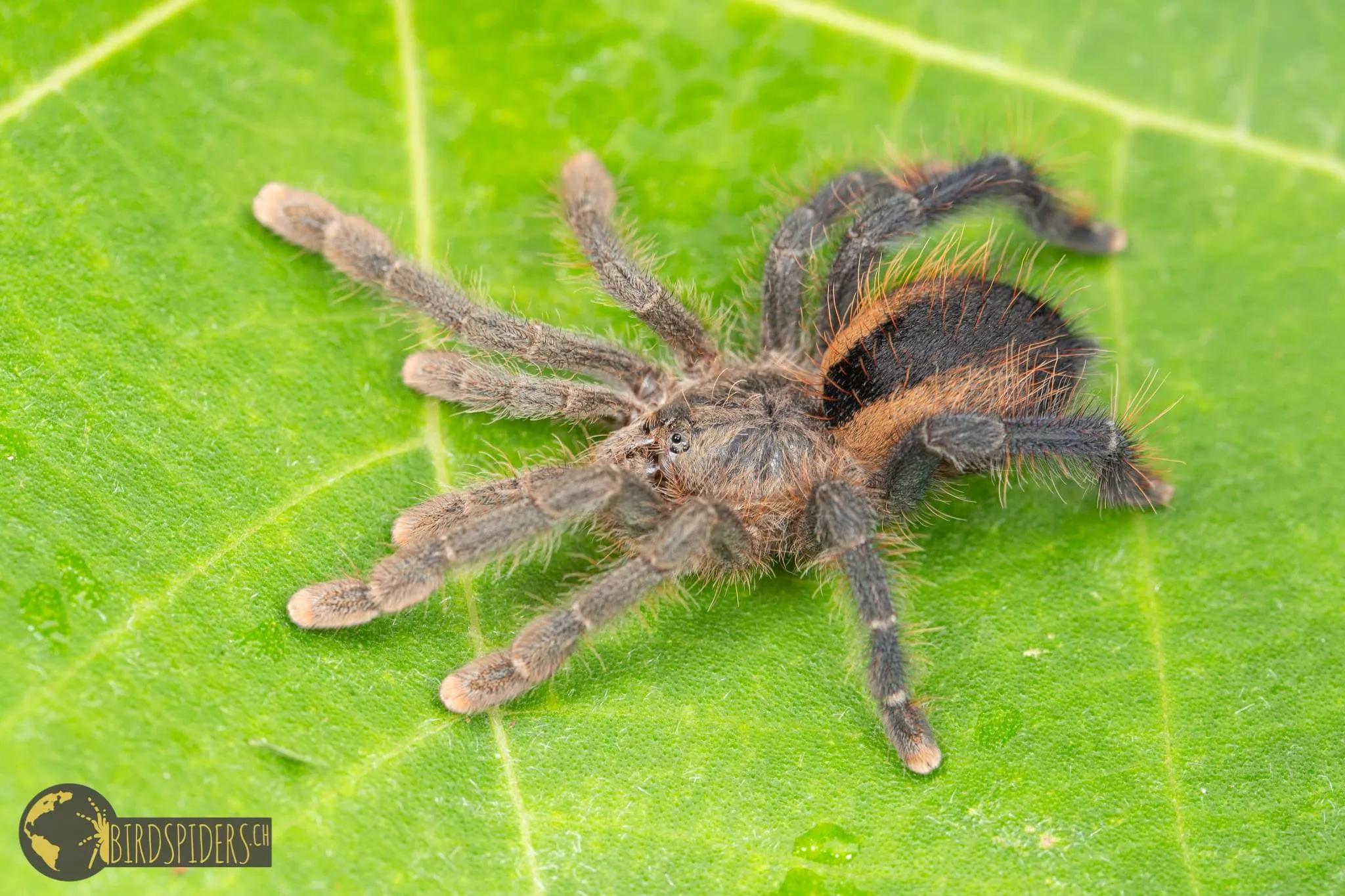
The substrate should retain humidity while allowing for proper drainage. A mix of coco fiber, peat moss, and sphagnum moss is an excellent choice, providing a natural and comfortable environment. Add a few inches of substrate to allow the tarantula to burrow slightly if it desires. Decor is another important consideration. Include sturdy branches, cork bark, and artificial or live plants to mimic their natural arboreal habitat. These provide climbing opportunities and hiding spots, reducing stress and allowing the tarantula to feel safe. A water dish is also essential, ensuring the tarantula has access to fresh water at all times.
Temperature and Humidity Control
Maintaining the correct temperature and humidity is vital for a Pinktoe Tarantula’s health. The ideal temperature range is between 75-85°F (24-29°C). Use a reliable thermometer to monitor the temperature inside the enclosure. Humidity levels should be kept between 65-75%. You can achieve this by misting the enclosure with dechlorinated water a few times a week, keeping the substrate moist but not waterlogged. A hygrometer will help you monitor humidity levels. Avoid placing the enclosure in direct sunlight or near heat sources, which could lead to overheating or rapid fluctuations in temperature and humidity.
Feeding Your Pinktoe Tarantula
Proper nutrition is crucial for the growth, health, and well-being of your Pinktoe Tarantula. This section will guide you on selecting the right food items, determining appropriate feeding frequencies, and providing access to fresh water. Understanding the dietary needs of your tarantula is essential for preventing health problems and ensuring it lives a long and vibrant life. Feeding your Pinktoe Tarantula is a straightforward process, but it’s important to follow a consistent routine and observe your tarantula’s behavior.
What to Feed
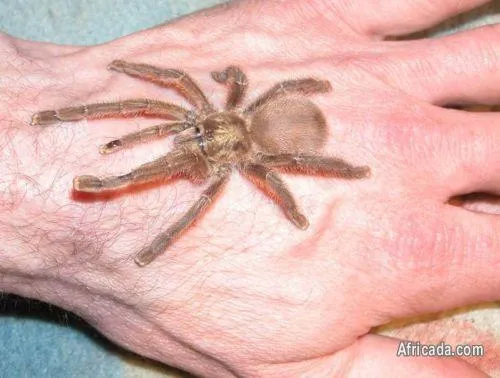
Pinktoe Tarantulas are primarily insectivores, meaning they eat insects. Suitable food items include crickets, mealworms, roaches, and other commercially available feeder insects. The size of the insects should be appropriate for the tarantula’s size; avoid feeding insects that are larger than the tarantula’s body. Always gut-load the feeder insects with nutritious food (such as vegetables and fruits) a day or two before feeding them to your tarantula, which helps provide your tarantula with essential vitamins and minerals. Avoid feeding wild-caught insects, as they may carry parasites or pesticides.
Feeding Frequency
The feeding frequency will vary depending on the tarantula’s age and size. Spiderlings and juveniles should be fed more frequently, usually every other day or every day. As they mature, the frequency can be reduced. Adult Pinktoe Tarantulas can be fed once or twice a week. Observe your tarantula’s behavior; if it is consistently refusing food, it may be close to molting, and you should remove the uneaten prey. Remove any uneaten food within 24 hours to prevent stress and the potential for mites.
Water and Hydration
Fresh, clean water is essential for your Pinktoe Tarantula’s hydration. Always provide a shallow water dish with fresh, dechlorinated water. The water dish should be small enough to prevent the tarantula from drowning but large enough to allow it to drink easily. Regularly check and refill the water dish to keep it clean and full. Additionally, misting the enclosure a few times a week will help maintain the required humidity levels and provide the tarantula with another way to hydrate. Ensuring proper hydration is critical to their overall health.
Handling and Interaction
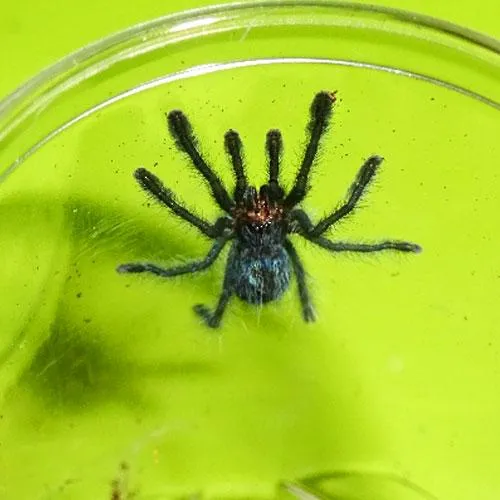
While Pinktoe Tarantulas are relatively docile, handling should be approached with caution and respect. They are not naturally inclined to be handled and can be easily stressed. This section provides guidance on safe handling practices and how to recognize signs of stress, ensuring the safety of both the tarantula and the handler. It is important to note that handling is optional and not a necessity for the tarantula’s well-being.
Handling Safely
If you choose to handle your Pinktoe Tarantula, do so carefully and gently. Always sit or stand close to the ground, so the tarantula doesn’t fall from a significant height. Allow the tarantula to walk onto your hand rather than grabbing it. Be mindful of its movements and avoid sudden gestures. Wash your hands thoroughly before and after handling to avoid transferring any substances to the tarantula or from the tarantula. Handling should be kept to a minimum, and never handle a tarantula that is close to molting, as they are more vulnerable during this period.
Recognizing and Preventing Escape
Pinktoe Tarantulas are known for their speed and agility, so preventing escape is a top priority. Always ensure the enclosure lid is secure and fits snugly. Regularly inspect the enclosure for any gaps or potential escape routes. When handling, always do so in a contained area, such as inside the enclosure or over a soft surface. If your tarantula does escape, remain calm. Gently search the surrounding area. They often hide in dark, enclosed spaces. Creating a safe environment helps prevent escape and ensures your tarantula remains safe.
Common Health Issues and How to Address Them
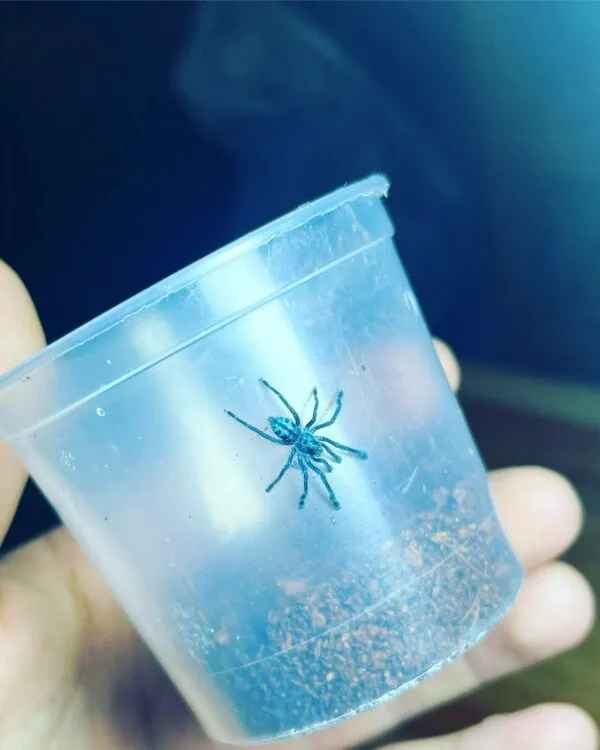
While Pinktoe Tarantulas are relatively hardy, they can still experience certain health issues. This section covers common problems and provides guidance on how to identify and address them. Early detection and appropriate care are essential for the tarantula’s well-being. Careful observation and a proactive approach to care can help ensure that your tarantula lives a long and healthy life.
Moulting Process and Care
Molting is a natural process where the tarantula sheds its exoskeleton to grow. During molting, the tarantula may lose its appetite, and its abdomen may appear dark and swollen. It is crucial to maintain the proper humidity levels during this time. Do not disturb the tarantula during molting; the process can take several hours or even days. After molting, the tarantula’s fangs and body will be soft. Do not feed the tarantula for several days, allowing its new exoskeleton to harden. Provide plenty of fresh water and keep the enclosure undisturbed to promote a successful molt.
Recognizing a Healthy Tarantula
A healthy Pinktoe Tarantula is active, alert, and has a good appetite. Its coloration should be vibrant, and its legs should move fluidly. Its abdomen should be appropriately sized, not overly thin or swollen. Look for any signs of parasites, such as mites, which appear as tiny, moving spots on the tarantula. Provide adequate water and food and also maintain proper environmental conditions to promote a healthy tarantula. Consult a veterinarian with experience in arachnid care if you notice any unusual behavior or signs of illness.
Breeding and Reproduction (Optional)
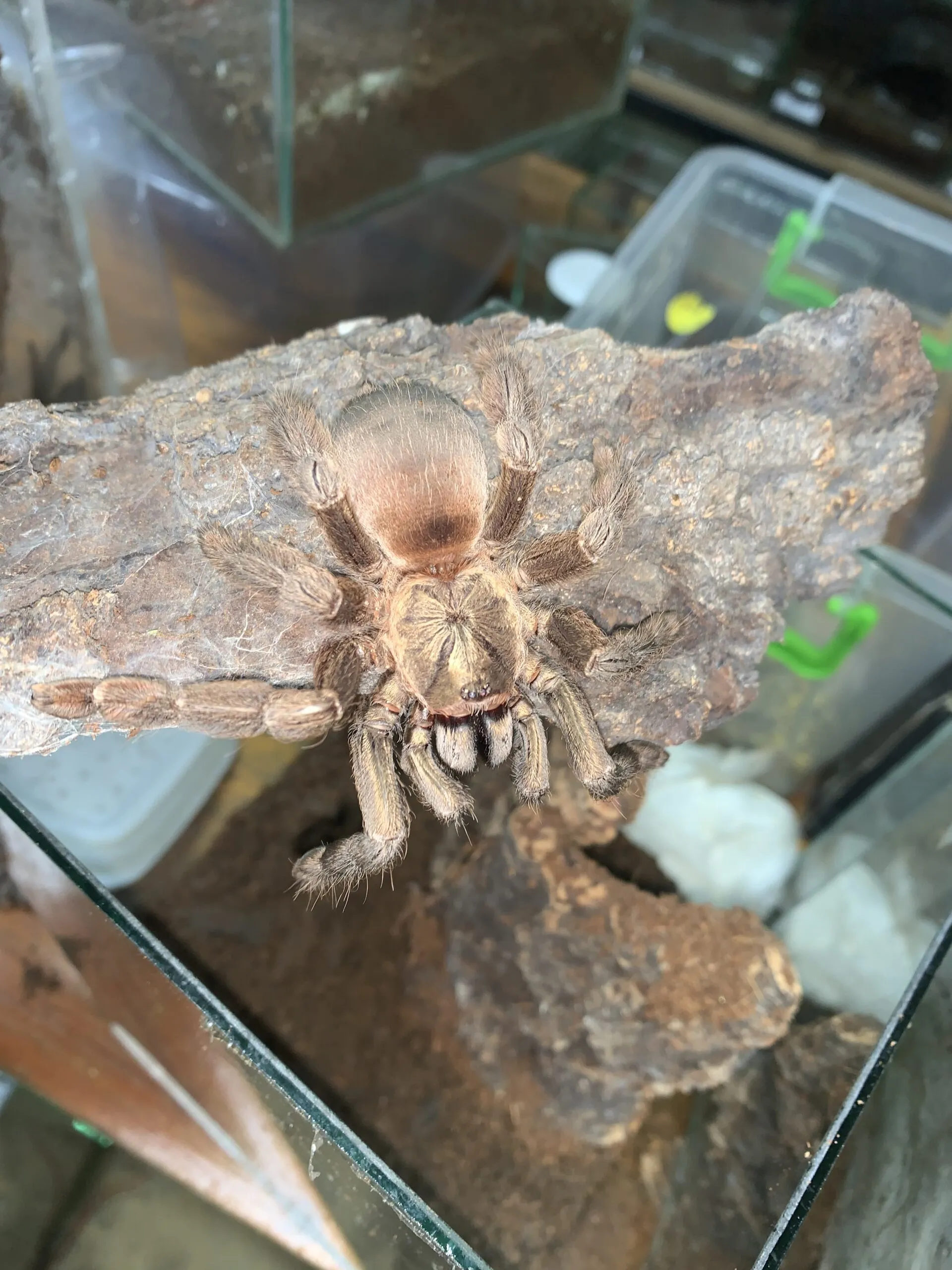
Breeding Pinktoe Tarantulas can be a rewarding experience, but it requires advanced knowledge and specialized care. This section provides an overview of the breeding process and the essential requirements for success. Breeding is an advanced undertaking and should only be attempted by experienced keepers with a thorough understanding of tarantula biology and behavior.
Understanding the Breeding Process
Breeding Pinktoe Tarantulas typically involves introducing a mature male to a mature female. The male will create a sperm web and then transfer the sperm to the female. If the mating is successful, the female will lay an egg sac containing numerous spiderlings. The egg sac should be carefully monitored, and the environmental conditions should be kept at the appropriate levels. Understanding the mating behavior, potential risks, and the female’s needs is critical for success.
Caring for Spiderlings
Caring for spiderlings requires specialized care. The spiderlings should be housed separately or in small groups with plenty of food. Provide them with a safe, humid environment and appropriate-sized prey items. Regular feeding and careful observation are crucial for their survival. Maintaining proper hygiene and separating the spiderlings to reduce cannibalism is important. Successfully raising spiderlings requires a significant commitment of time, resources, and knowledge, so careful preparation is essential.
Conclusion The Ultimate Guide to Pinktoe Tarantula Care
Caring for a Pinktoe Tarantula can be a rewarding experience, providing a fascinating glimpse into the world of these captivating creatures. By understanding their needs, providing a suitable environment, and practicing responsible handling, you can ensure your tarantula thrives. This comprehensive guide has equipped you with the necessary knowledge to provide exceptional care, from understanding their habitat to providing adequate nutrition and addressing potential health issues. Enjoy the journey of Pinktoe Tarantula ownership, and remember that a healthy tarantula is a happy tarantula.
